Laughter is the closest distance between two people. –Victor Hugo “The sound of laughter is universal” state linguists and psychologists. Humans are born with the instinct of laughter. Having asked the question “what makes people laugh?”, the philosophers of ancient Greece said that one laughs at his own past self, as well as at the sense of superiority they felt over others in the face of adversities and unexpected situations. 2500 years after Plato, Nietzsche argued that laughter is simply a reaction to the existential loneliness and sense of death people feel. When triggered by joy and humor, Freud …
Category: Psychology
“Our eyes, our pupils, our hands, our gestures … it is our whole body that will be called upon to transmit our emotions when wearing a mask,” says neuropsychologist known with her research on vision and cognition, and psychology of perception. “Wearing a mask can prevent us from decoding what the facial features radiate,” she says and continues : To communicate, we need to process the information which is emitted in the triangle formed between the eyes and the mouth. This information we gather from the facial emotions allows us to understand the state and the intention of the person …
We are witnessing a real revolution in thought, in the hierarchy of moral values, in ethos ! …
Boris Cyrulnik articulates that human evolution takes place only in crises. "When the epidemic is over, we will see that we will have dusted off old values that will help us to develop a new way of living together. There will be profound changes, this is the rule." …
Sometimes it takes darkness and the sweet confinement of your aloneness to learn. –David Whyte “One wonders only when he is alone, and seeks the truth, ” said Einstein. The great thinker Goethe said that creative inspiration comes only when he is alone. Winnicott, one of my favorite psychologists, defines “the capacity to stay on his own” as a crucial indicator of child development. H.D. Thoreau, the notable American philosopher and nature lover proclaimed that he made his spiritual discoveries during his walks in nature. He wrote in Walden that being on his own in nature provided him …
In his new medicine of the soul, Ostad Elahi indicates that in the conscious level where the ego resides, there is a deeper layer where one can find inner guide. This inner guide speaks in the voice of conscience, which is the germ of sound reason and inspires us to take the correct course of thought and action in our decisions. …
Love is really the only thing we can possess, keep with us and take with us when we depart. Dr. Elizabeth Kübler-Ross (1926-2004), in her pioneering work with patients nearing the end of their lives in palliative care, interviewed them on their feelings about life and death, and how they measure the life they lived. The results of her work proclaim that the patients unanimously express their emotional state as “yearning for love,” a shield needed against the fear of death, and the measure of the degree of inner peace and contentment they savor at the end of their life …
“When we are about to choose a partner, or get married to a certain partner –that’s the kind of decision that we cannot make based on a cold cognitive calculus” says Richard Davidson, the seminal neuroscientist known for his research on what determines our emotional styles. In the interview with Krista Tippet, he adds “we consult our emotions for making that decision, and if our emotions were disrupted, it will really impair our capacity to make those kinds of decisions.” In the assessment of the functioning of the emotional brain, he identifies six innate capacities which constitute our emotional …
Siri Hustvedt, the prizewinning writer and scholar, describes the meaning of life in her vigor for work, the joy she finds in the creative impulse and the urgency to write driven by it. She recounts her life being a woman writer in men’s world, married to the well-known writer Paul Auster and describes her remedies to overcome the challenges of the “writing self”. Her deep knowledge of psychoanalysis, art and neuroscience is woven in her stories where the human condition is playing up real and tangible. She insightfully draws answers to the question “what are we ?” Here …
In the dance, one finds the cinema, the comic strips, the Olympic hundred meters and swimming, and what’s more: poetry, love and tenderness, said Maurice Bejart, the exceptional choreographer, opera director and dancer. Long before neuroscience confirmed that our brains are wired to move along with music, dancing was there. Babies, children, and adults, all instinctively move to the rhythm of the music. Based on recent cognitive research, it seems like human beings are universally synchronized with the chords of music. Moreover, the rhythmic movement lifts our mood, regulates the mental and emotional fluctuations, and we become happier. Such …



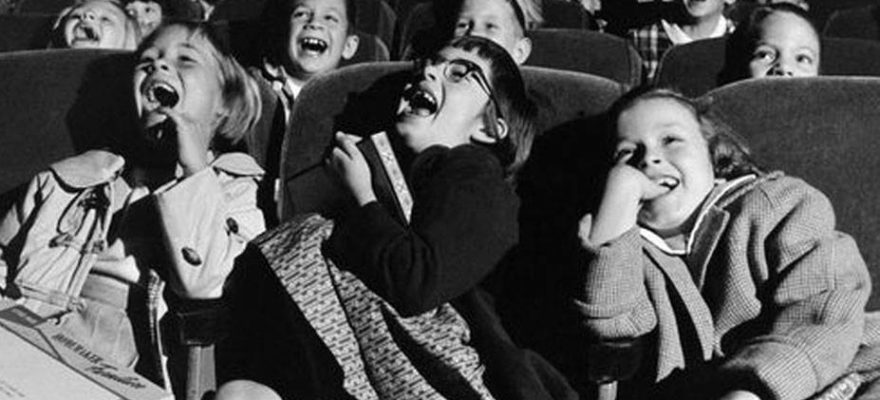
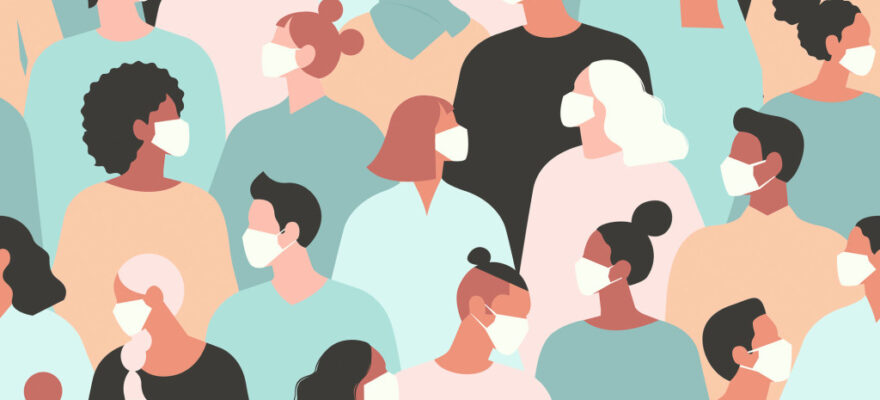
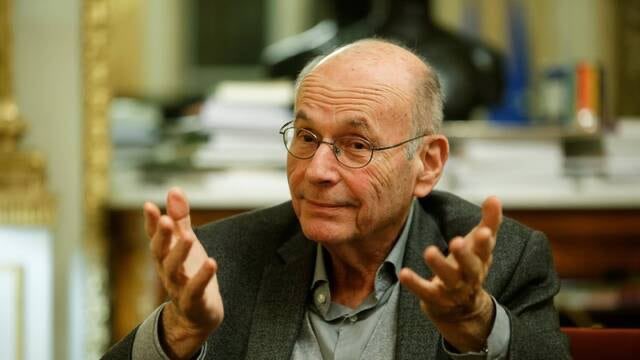
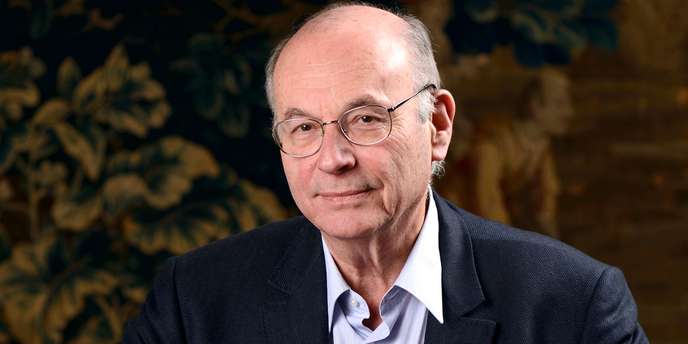
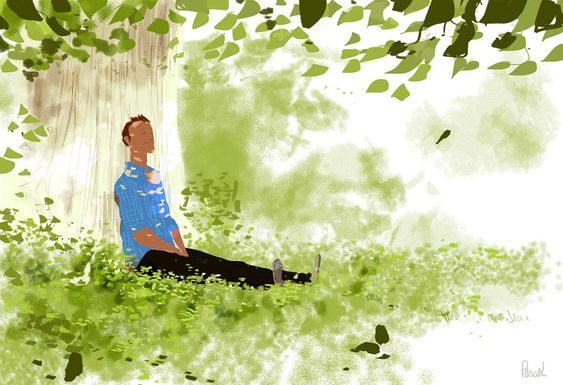
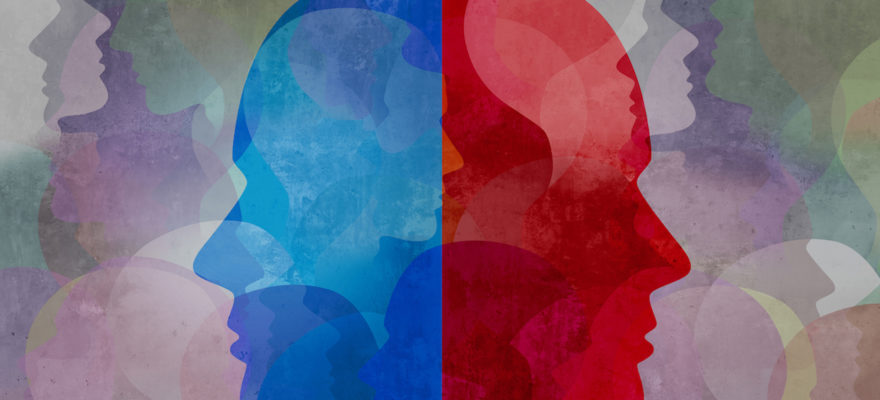
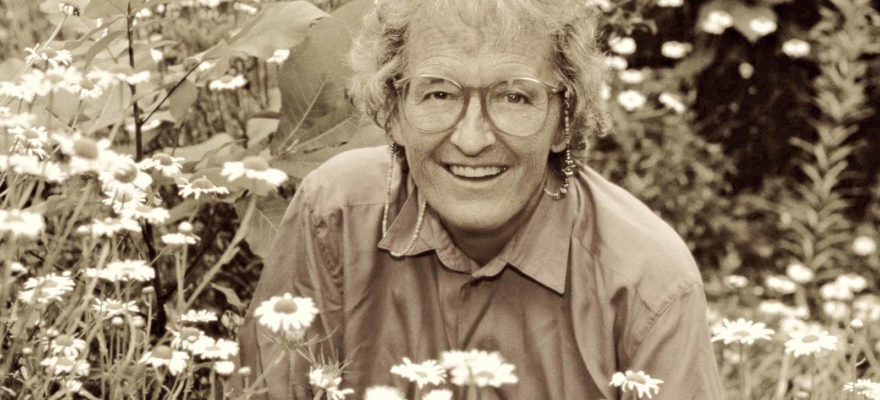
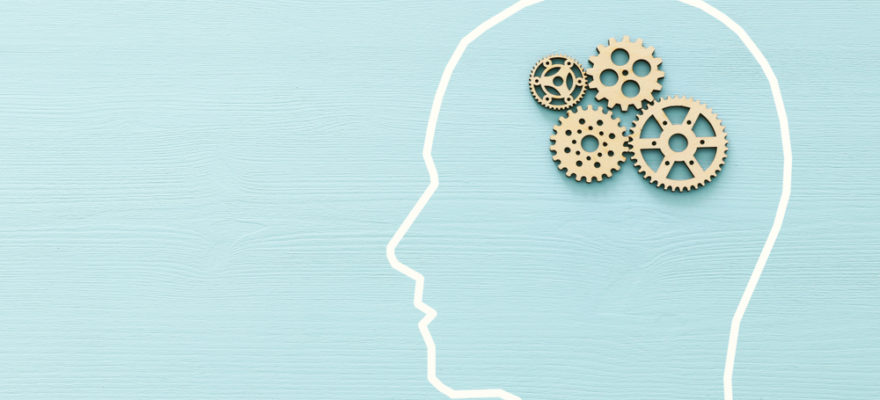
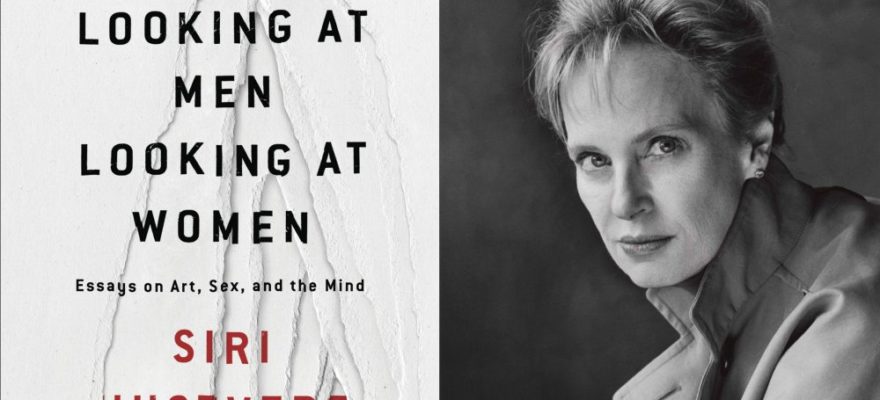
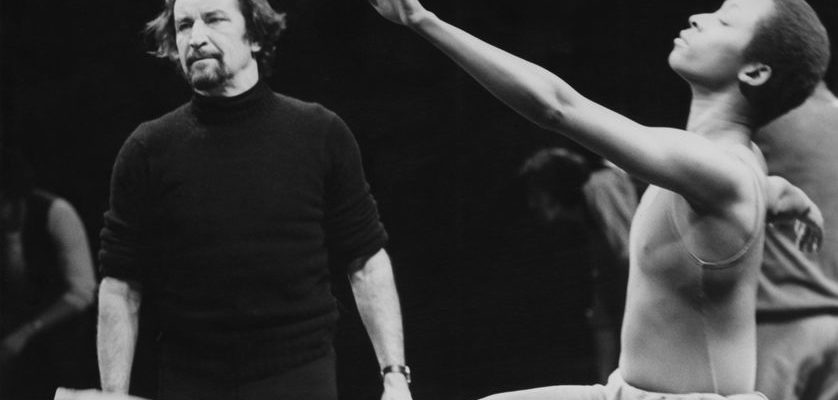
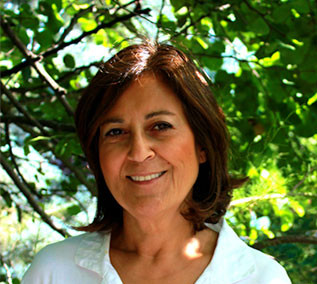




Social Profiles